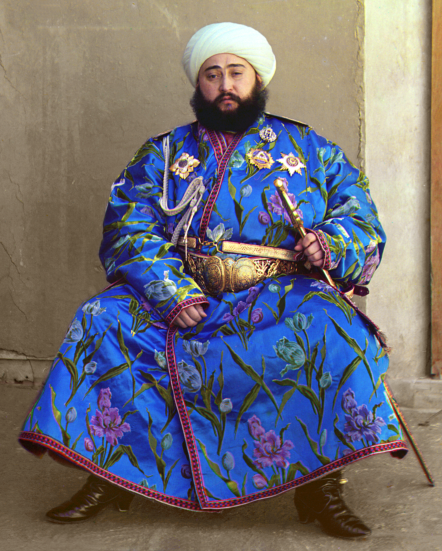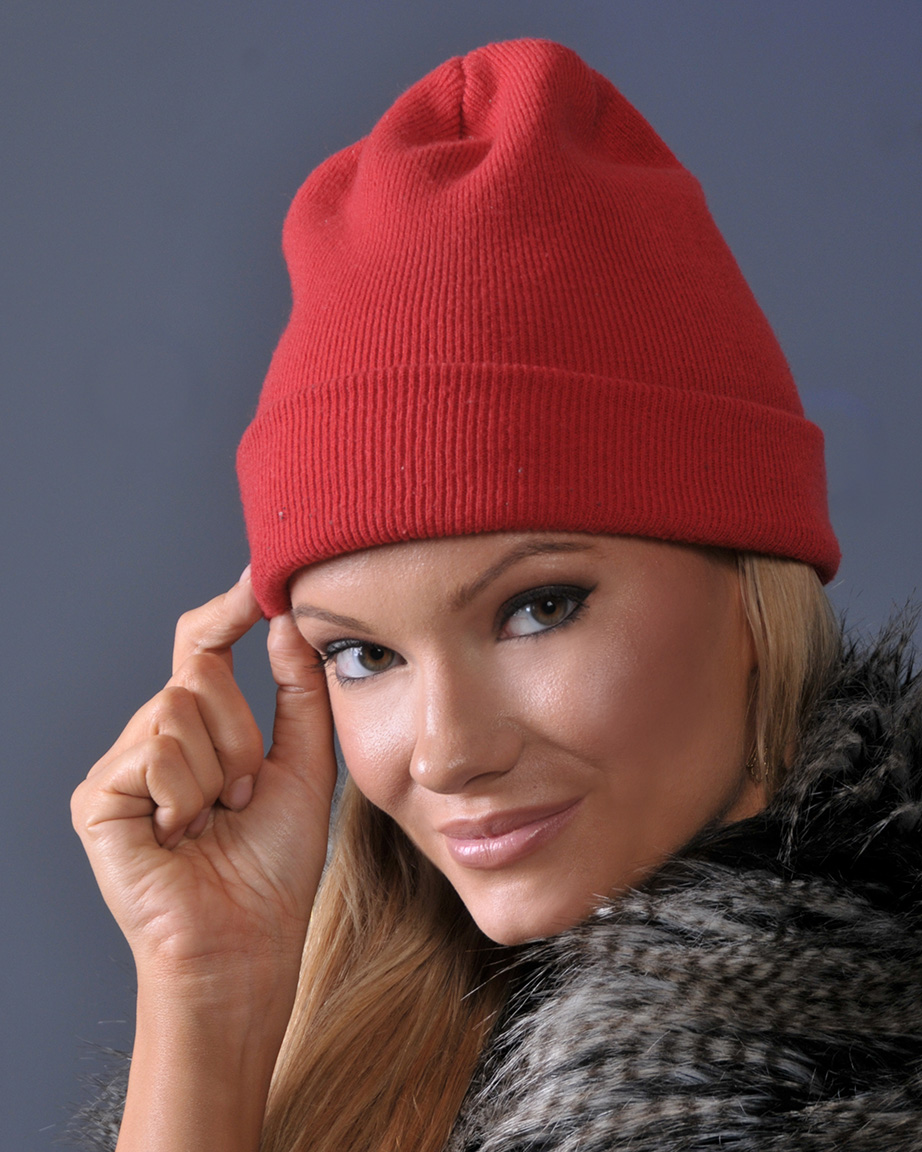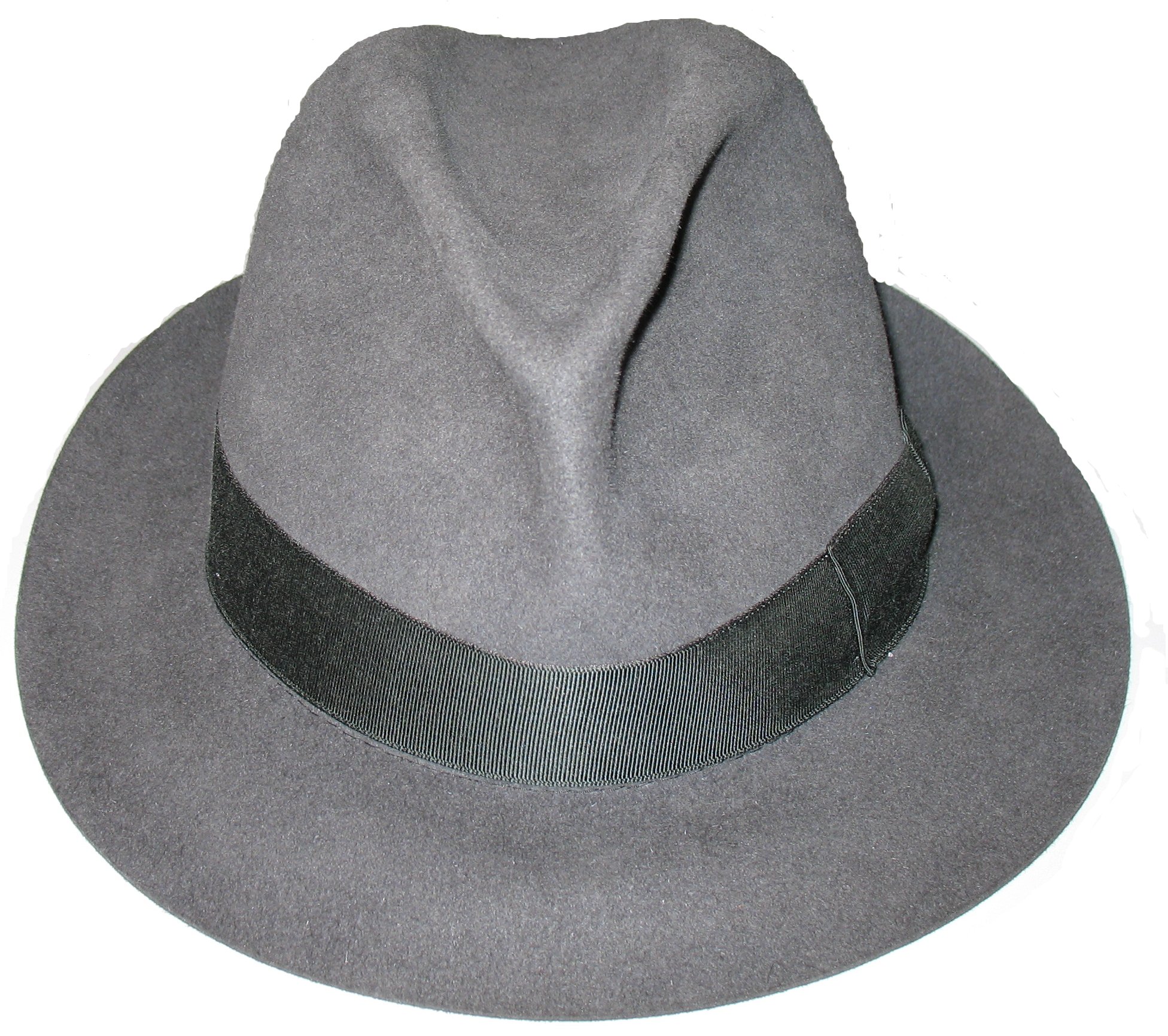|
Headwear
Headgear, headwear, or headdress is the name given to any element of clothing which is worn on one's head, including hats, helmets, turbans and many other types. Headgear is worn for many purposes, including protection against the elements, decoration, or for religious or cultural reasons, including social conventions. Purposes Protection or defence Headgear may be worn for protection against cold (such as the Canadian tuque), heat, rain and other precipitation, glare, sunburn, sunstroke, dust, contaminants, etc. Helmets are worn for protection in battle or against impact, for instance when riding bicycles or motor vehicles. There are also hats that are worn for protection from the cold. Fashion Headgear can be an article of fashion, usually hats, caps or hoods. The formal man's black silk top hat was formerly an indispensable portion of the suit, and women's hats have, over the years, attained a fantastic number of shapes ranging from immense confections to no more than ... [...More Info...] [...Related Items...] OR: [Wikipedia] [Google] [Baidu] |
Turban
A turban (from Persian language, Persian دولبند, ''dulband''; via Middle French ''turbant'') is a type of headwear based on cloth winding. Featuring many variations, it is worn as customary headwear by people of various cultures. Communities with prominent turban-wearing traditions can be found in the Indian subcontinent, Southeast Asia, the Arabian Peninsula, the Middle East, the Balkans, the Caucasus, Central Asia, North Africa, West Africa, East Africa, and amongst some Turkic peoples in Russia as well as Ashkenazi Jews. A keski is a type of turban, a long piece of cloth roughly half the length of a traditional "single turban", but not cut and sewn to make a double-width "Double Turban" (or Double Patti). Wearing turbans is common among Sikh men, and infrequently women. They are also worn by Hindu monks. The headgear also serves as a religious observance, including among Shia Islam, Shia Muslims, who regard turban-wearing as ''Sunnah mu’akkadah'' (confirmed traditi ... [...More Info...] [...Related Items...] OR: [Wikipedia] [Google] [Baidu] |
Tuque
A knit cap is a piece of knitted headwear designed to provide warmth in cold weather. It usually has a simple tapered shape, although more elaborate variants exist. Historically made of wool, it is now often made of synthetic fibers. Found all over the world where the climate demands warm clothing, knit caps are known by a variety of local names. In American English this type of hat is known as a ''beanie'' or a "watch cap,", while in Canadian English, a knit cap is known as a ', ', or ' (pronounced ). Construction Most knit caps are tapered at the top. The stretch of the knitting itself hugs the head, keeping the cap secure. They are sometimes topped with a pom-pom or loose tassels. Knit caps may have a folded brim, or none, and may be worn tightly fitting the head or loose on top. A South American tradition from the Andes Mountains is for the cap to have ear flaps, with strings for tying under the chin. A special type of cap called a balaclava folds down over the head ... [...More Info...] [...Related Items...] OR: [Wikipedia] [Google] [Baidu] |
Head Covering
Headgear, headwear, or headdress is the name given to any element of clothing which is worn on one's head, including hats, helmets, turbans and many other types. Headgear is worn for many purposes, including protection against the elements, decoration, or for religious or cultural reasons, including social conventions. Purposes Protection or defence Headgear may be worn for protection against cold (such as the Canadian tuque), heat, rain and other precipitation, glare, sunburn, sunstroke, dust, contaminants, etc. Helmets are worn for protection in battle or against impact, for instance when riding bicycles or motor vehicles. There are also hats that are worn for protection from the cold. Fashion Headgear can be an article of fashion, usually hats, caps or hoods. The formal man's black silk top hat was formerly an indispensable portion of the suit, and women's hats have, over the years, attained a fantastic number of shapes ranging from immense confections to no more than ... [...More Info...] [...Related Items...] OR: [Wikipedia] [Google] [Baidu] |
Fedora
A fedora () is a hat with a soft brim and indented crown.Kilgour, Ruth Edwards (1958). ''A Pageant of Hats Ancient and Modern''. R. M. McBride Company. It is typically creased lengthwise down the crown and "pinched" near the front on both sides. Fedoras can also be creased with teardrop crowns, diamond crowns, center dents, and others, and the positioning of pinches can vary. The typical crown height is . The term ''fedora'' was in use as early as 1891. Its popularity soared, and eventually it eclipsed the similar-looking homburg. The fedora hat's brim is usually around wide, but can be wider, can be left raw-edged (left as cut), finished with a sewn overwelt or underwelt, or bound with a trim-ribbon. ''Stitched edge'' means that there is one or more rows of stitching radiating inward toward the crown. The Cavanagh edge is a welted edge with invisible stitching to hold it in place and is a very expensive treatment that can no longer be performed by modern hat factories. [...More Info...] [...Related Items...] OR: [Wikipedia] [Google] [Baidu] |
Helmet
A helmet is a form of protective gear worn to protect the head. More specifically, a helmet complements the skull in protecting the human brain. Ceremonial or symbolic helmets (e.g., a policeman's helmet in the United Kingdom) without protective function are sometimes worn. Soldiers wear combat helmets, often made from Kevlar or other lightweight synthetic fibers. The word ''helmet'' is derived from ''helm'', an Old English word for a protective head covering. Helmets are used for recreational activities and sports (e.g., jockeys in horse racing, American football, ice hockey, cricket, baseball, camogie, hurling and rock climbing); dangerous work activities such as construction, mining, riot police, military aviation, and in transportation (e.g. motorcycle helmets and bicycle helmets). Since the 1990s, most helmets are made from resin or plastic, which may be reinforced with fibers such as aramids. Designs Some British gamekeepers during the 18th and 19th centurie ... [...More Info...] [...Related Items...] OR: [Wikipedia] [Google] [Baidu] |
Helmet
A helmet is a form of protective gear worn to protect the head. More specifically, a helmet complements the skull in protecting the human brain. Ceremonial or symbolic helmets (e.g., a policeman's helmet in the United Kingdom) without protective function are sometimes worn. Soldiers wear combat helmets, often made from Kevlar or other lightweight synthetic fibers. The word ''helmet'' is derived from ''helm'', an Old English word for a protective head covering. Helmets are used for recreational activities and sports (e.g., jockeys in horse racing, American football, ice hockey, cricket, baseball, camogie, hurling and rock climbing); dangerous work activities such as construction, mining, riot police, military aviation, and in transportation (e.g. motorcycle helmets and bicycle helmets). Since the 1990s, most helmets are made from resin or plastic, which may be reinforced with fibers such as aramids. Designs Some British gamekeepers during the 18th and 19th centurie ... [...More Info...] [...Related Items...] OR: [Wikipedia] [Google] [Baidu] |
Bedouin Man With Fez
The Bedouin, Beduin, or Bedu (; , singular ) are nomadic Arabs, Arab tribes who have historically inhabited the desert regions in the Arabian Peninsula, North Africa, the Levant, and Mesopotamia. The Bedouin originated in the Syrian Desert and Arabian Desert but spread across the rest of the Arab world in Western Asia, West Asia and North Africa after the spread of Islam. The English word ''bedouin'' comes from the Arabic ''badawī'', which means "desert dweller", and is traditionally contrasted with ''ḥāḍir'', the term for Sedentism, sedentary people. Bedouin territory stretches from the vast deserts of North Africa to the rocky sands of the Middle East. They are traditionally divided into tribes, or clans (known in Arabic as ''ʿašāʾir''; or ''qabāʾil'' ), and historically share a common culture of herding camels and goats. The vast majority of Bedouins adhere to Islam, although there are some fewer numbers of Arab Christians, Christian Bedouins present in the Fe ... [...More Info...] [...Related Items...] OR: [Wikipedia] [Google] [Baidu] |
Judaism
Judaism ( he, ''Yahăḏūṯ'') is an Abrahamic, monotheistic, and ethnic religion comprising the collective religious, cultural, and legal tradition and civilization of the Jewish people. It has its roots as an organized religion in the Middle East during the Bronze Age. Modern Judaism evolved from Yahwism, the religion of ancient Israel and Judah, by the late 6th century BCE, and is thus considered to be one of the oldest monotheistic religions. Judaism is considered by religious Jews to be the expression of the covenant that God established with the Israelites, their ancestors. It encompasses a wide body of texts, practices, theological positions, and forms of organization. The Torah, as it is commonly understood by Jews, is part of the larger text known as the ''Tanakh''. The ''Tanakh'' is also known to secular scholars of religion as the Hebrew Bible, and to Christians as the "Old Testament". The Torah's supplemental oral tradition is represented by later tex ... [...More Info...] [...Related Items...] OR: [Wikipedia] [Google] [Baidu] |
Kippah
A , , or , plural ), also called ''yarmulke'' (, ; yi, יאַרמלקע, link=no, , german: Jarmulke, pl, Jarmułka or ''koppel'' ( yi, קאפל ) is a brimless cap, usually made of cloth, traditionally worn by Jewish males to fulfill the customary requirement that the head be covered. It is worn by all men in Orthodox Jewish communities during prayers and by most Orthodox Jewish men at all other times. Among non-Orthodox Jewish communities, those who wear them customarily do so only during prayer, while attending a synagogue, or in other rituals, and often women may also wear them in those communities. Etymology The term ( he, כיפה) literally means "dome", as the kippah is worn on the head like a dome. The Yiddish term might be derived from the Polish or the Ukrainian , perhaps ultimately from Medieval Latin ("cowl, hood"). It may also be of Turkic origin (akin to , meaning "rainwear"); the word is often associated with the phrase (), formed from the Aram ... [...More Info...] [...Related Items...] OR: [Wikipedia] [Google] [Baidu] |
Hasidic Judaism
Hasidism, sometimes spelled Chassidism, and also known as Hasidic Judaism (Ashkenazi Hebrew: חסידות ''Ḥăsīdus'', ; originally, "piety"), is a Jewish religious group that arose as a spiritual revival movement in the territory of contemporary Western Ukraine during the 18th century, and spread rapidly throughout Eastern Europe. Today, most affiliates reside in Israel and the United States. Israel Ben Eliezer, the " Baal Shem Tov", is regarded as its founding father, and his disciples developed and disseminated it. Present-day Hasidism is a sub-group within Haredi Judaism and is noted for its religious conservatism and social seclusion. Its members adhere closely both to Orthodox Jewish practice – with the movement's own unique emphases – and the traditions of Eastern European Jews. Many of the latter, including various special styles of dress and the use of the Yiddish language, are nowadays associated almost exclusively with Hasidism. Hasidic thought draws heavi ... [...More Info...] [...Related Items...] OR: [Wikipedia] [Google] [Baidu] |
Synagogue
A synagogue, ', 'house of assembly', or ', "house of prayer"; Yiddish: ''shul'', Ladino: or ' (from synagogue); or ', "community". sometimes referred to as shul, and interchangeably used with the word temple, is a Jewish house of worship. Synagogues have a place for prayer (the main sanctuary and sometimes smaller chapels), where Jews attend religious Services or special ceremonies (including Weddings, Bar Mitzvahs or Bat Mitzvahs, Confirmations, choir performances, or even children's plays), have rooms for study, social hall(s), administrative and charitable offices, classrooms for religious school and Hebrew school, sometimes Jewish preschools, and often have many places to sit and congregate; display commemorative, historic, or modern artwork throughout; and sometimes have items of some Jewish historical significance or history about the Synagogue itself, on display. Synagogues are consecrated spaces used for the purpose of Jewish prayer, study, assembly, ... [...More Info...] [...Related Items...] OR: [Wikipedia] [Google] [Baidu] |









.jpg)